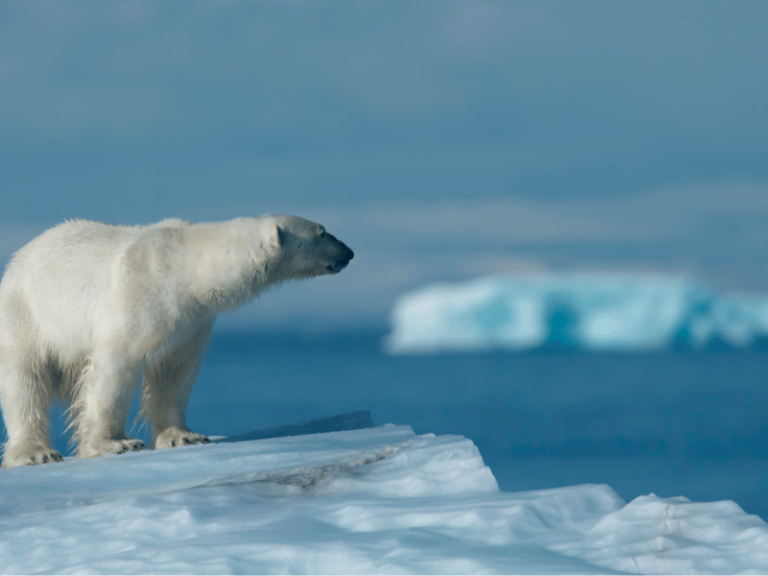In the circus, black bears and brown bears are often the main “comic characters”; they can be seen clumsily tumbling head over heels, holding their heads with both “hands,” much to the amusement and laughter of the audience.
These bears commonly seen are generally stout in stature, with broad heads and faces, covered all over with stiff black or brown fur. They measure about 1.5 meters in length and can weigh up to 300 kilograms. Due to their appearance resembling dogs, they are referred to as “dog bears” in the northeastern forests where they are most commonly found. In some regions, they are also known as “black cross-eyed bears.”
In the Arctic region, there is a species of bear with snowy white fur, commonly known as the “polar bear.” Polar bears are much larger than black bears, with thicker and denser fur. They have flat heads, thick necks, and small ears. Their round eyes glitter brightly. Their claws are not particularly sharp, but their paws are exceptionally large. The fur on their bodies can range from yellow to silvery-white. The largest polar bears can reach lengths of about 3 meters and weigh over 500 kilograms. They have a thick layer of subcutaneous fat that provides insulation against the cold. They are powerful swimmers and skilled predators, capable of hunting seals and fish underwater. On ice, they are adept at catching birds. Strangely, polar bears can sprint astonishingly fast on ice and snow, despite the surface being as slippery as glass. This is because their large paws are covered with a thick layer of dense fur, similar to insulated boots made of felt, which prevents them from slipping on ice and snow. Therefore, polar bears can dash across ice as if running on land, without any risk of slipping.
However, given that both the Arctic and Antarctic are worlds of ice and snow, why do polar bears only live in the Arctic and not in the Antarctic? This question is tied to the evolutionary history of life on Earth.
In the distant past, there were no predators like tigers, wolves, lions, or bears on Earth. Later, these carnivores appeared in Europe first. In search of food, they spread across several connected continents, even venturing into Africa and the Americas. However, Australia and Antarctica were isolated by vast seas from other continents at that time, so these carnivores never reached these regions. The carnivores that spread across different continents gradually adapted to various local conditions and temperatures. Lions chose to settle in hot Africa, while polar bears settled in the Arctic. Thus, up to now, polar bears are found only in the Arctic region.

